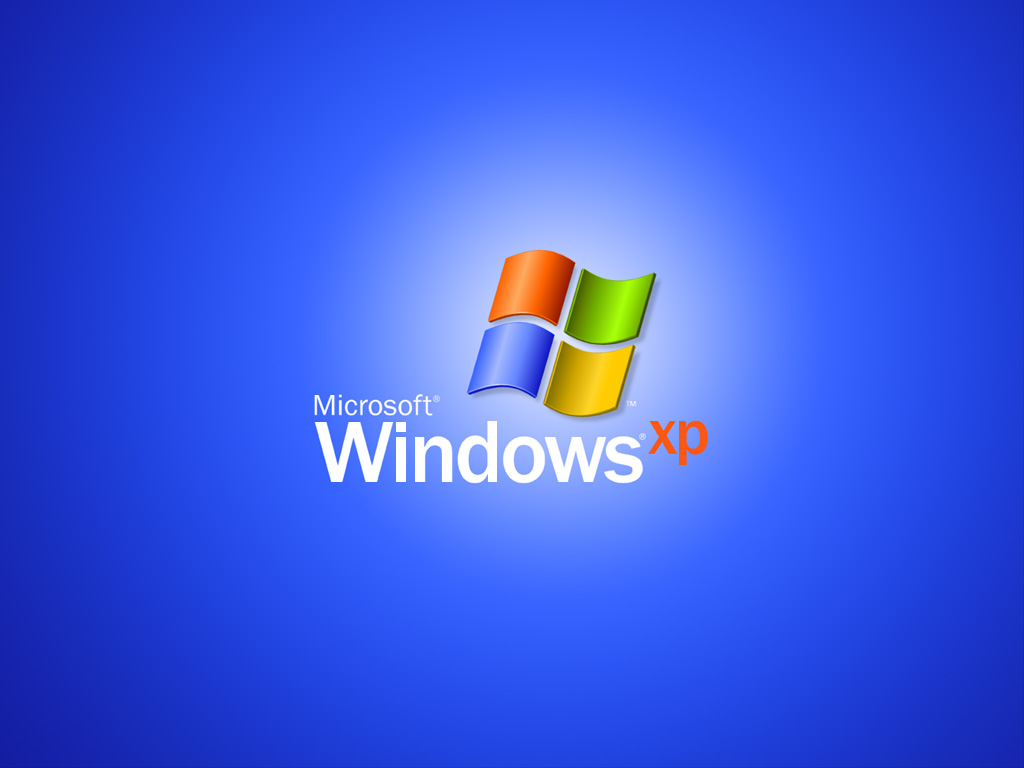Virtualization is a very handy arsenal in an IT Pro toolkit, especially if you are managing a large number of servers with different software combinations for development/testing (or) if you are like me trying out various OS and software.
Business and Dev Environment – Keep them separate
Nowadays, I use a vanilla Windows XP/Windows 2003 VPC image and use it to try out new software. In fact, on my laptop I have only basic software to do my daily job (Business Environment: Windows XP, Office 2003, Antivirus, Windows Live Messenger, Adobe Photoshop Elements, Nero Burner, WinRAR, PDF Printer/Reader); everything else runs out of Microsoft Virtual PC 2004 (or Virtual Server 2005 R2). So my development environment (Windows Server 2003, IIS 6.0, VS 2005, SQL Server 2005, EasyStruct 4.5, etc) is itself an image – I run the VPC image only when I want to develop. I also have VPC images for doing Beta Development, like MOSS 2007, WinFX (.NET 3.0), etc. This way my business environment is always simple, clean and always working – I don’t get into a broken/slow PC while doing a client presentation/deal document.
Virtual PC and Virtual Server – Free!
The good news is that both Virtual PC and Virtual Server 2005 R2 are now free from Microsoft. Recently MS has finally announced the successor to Virtual PC 2004 – Virtual PC 2007 and has even committed to providing the new version too free. The new version will support Vista OS both as Host and Guest, and also x64 hardware.
Support Windows Vista
Until Virtual PC 2007, you can download VPC 2004 VMAdditions for Windows Vista if you are in MS Connect Program. If you have tried to run Virtual Server 2005 R2 in Windows Vista HOST OS, you would have realized it is not possible to run the Virtual Server Administration website – here is a solution for that.
References:
If you are using Virtual PC/Virtual Server, then a great reference is Microsoft’s Virtual PC Guy Blog. Also if you have built a VPC image and then clone it to multiple PCs then this blog entry from Microsoft David Wang is useful. Today we ran into a problem that was addressed in this blog entry – we installed a new VPC image, copied it to another machine, ran both the images, but we were unable to ping from one Guest OS to another; though we are able to ping individually each of Guest OS from any HOST PC; it turned out that the two Guest OS had the same MAC address and we had to change it in the .VMC file – it can’t get simpler than this!


